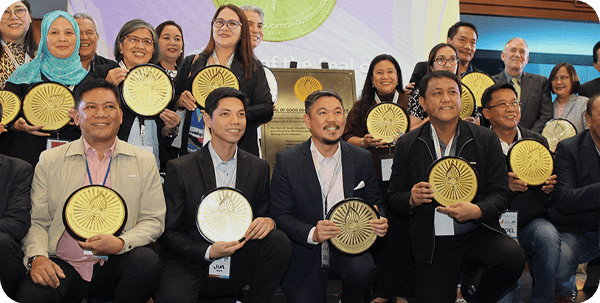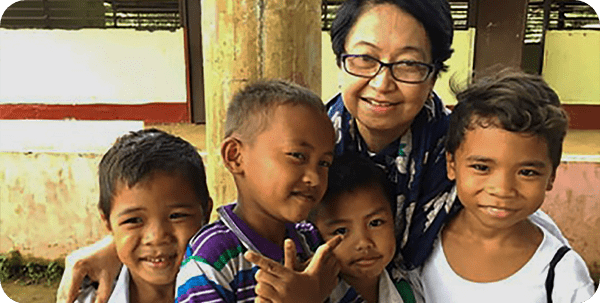FR. BIENVENIDO NEBRES, SJ
FOUNDING CHAIR, SYNERGEIA FOUNDATION
We have to learn from the past. All previous educational reforms in the Philippines were led by foreign international experts. New Math by Peace Corps volunteers in the 1960s. PRODED, SEDP were funded by the World Bank and ADB and they brought in international experts. That’s not a problem in itself. The problem was they all had ready-made solutions even before they had clearly understood the problem.
In my experience, you spend time on the ground, talking to the teachers and understanding the problem. I am a mathematician and I worked in science and the first and foremost step to solve a problem is to spend time understanding and defining the problem. To say students are failing, that is an undefined problem. There are very many reasons and very many different solutions.
All previous reforms centered on revising the intended curriculum—syllabus, scope and sequence, topics to be covered, etc. And they always come out with a new intended curriculum, all of it. There is a new Math, back to basics, K to 12 revised. I thought they would only revise 11 and 12 but they revised everything. And then, of course, you measure by PISA and the National Achievement Test, and you find out nothing much has changed. Why? Because learning does not happen with the intended curriculum. It does not happen with a piece of paper. It happens in the classroom, in the implemented curriculum. And that has never been my experience at all. And so I have been pushing that we have now to focus on what happens in the classroom.
The situation of Philippine schools is so diverse, from city schools where a big problem is congestion, classes of 70 to 80 in high school, to rural schools where children have to walk three to five kilometers to get to school. You cannot have one solution for all. And it is only when you get down to the ground that you can identify targeted interventions that will make a difference and that will find a solution to the concrete situation. And this depends on the leadership of the principal and community support. That is why this effort must get down to the level of the division, the district, and the LGU, as we have emphasized so much earlier.
One of the things that we have learned from this kind work is in order to attend to problems surrounding education–that is good health, and nutrition–is we have to bring together different government departments. Poverty intervention belongs to DSWD, not to DepEd; health belongs to DOH. The experience of Synergeia Foundation is that it is the LGU working with the Local School Board and the Synergeia family that can bring together these needed interventions for the children.
The work of Synergeia Foundation which has centered on LGUs and Local School Boards has been effective in improving schooling. Gawad Kalinga and the Ateneo Center for Education Development have also been working with LGUs, DepEd, and DSWD on feeding programs. This shows that the appropriate level of intervention to improve education should not be at the national level but at the level of the LGU-School Division-School District. The National Level has to be there like a good CEO. It has to be an enabler. For example, the School Feeding Law is an enabler because it provides the budget. There is now a national budget for feeding. I have been a CEO many times in my life. Your job as CEO is not to do things directly but to create an enabling environment so that leaders closer to the ground can get the work done. The DepEd National should not be getting down to the details. Its job should be to make it possible for divisions and principals to develop a good curriculum.



